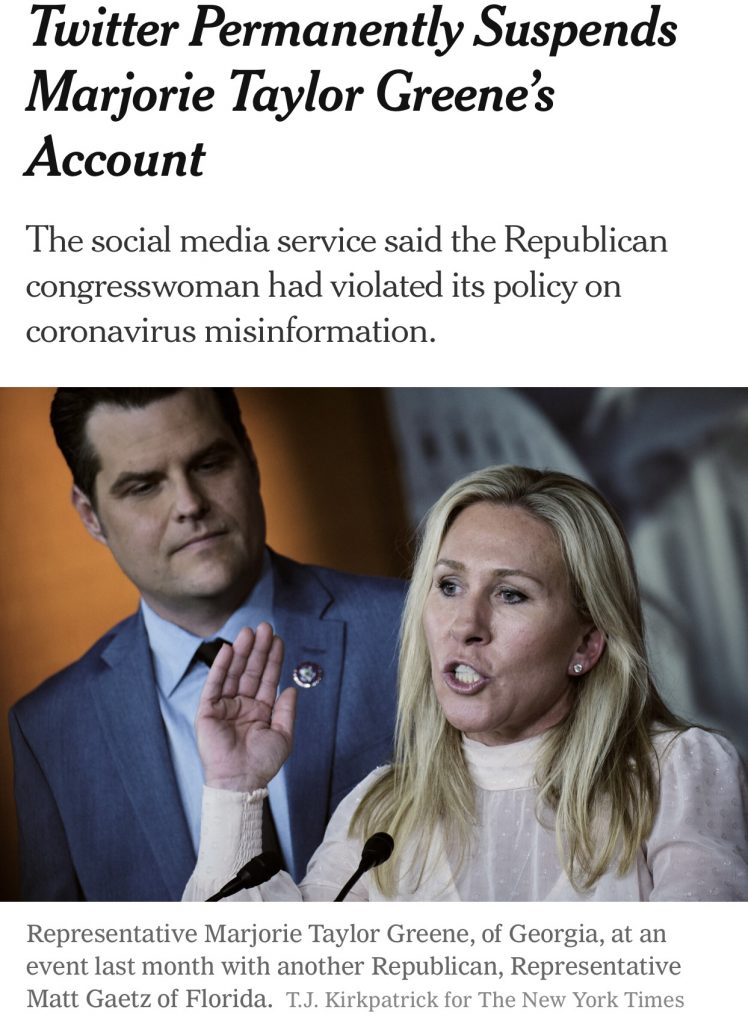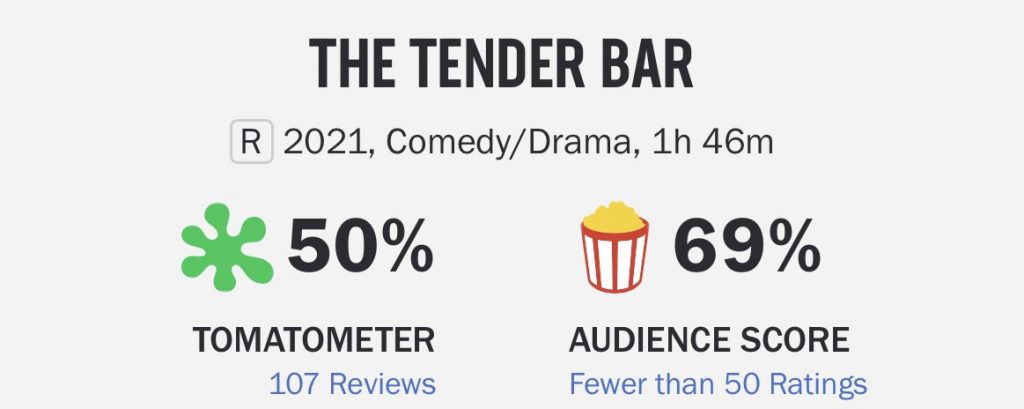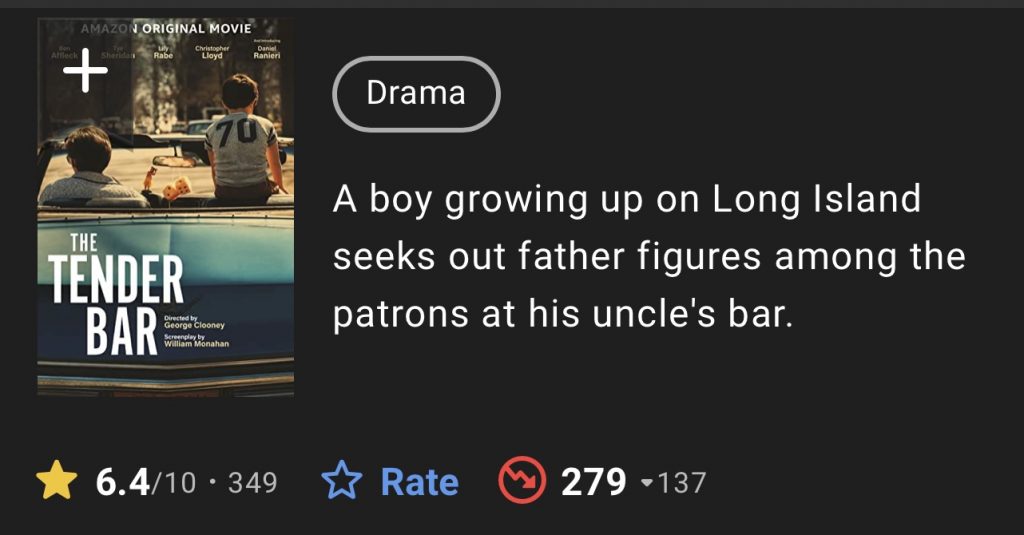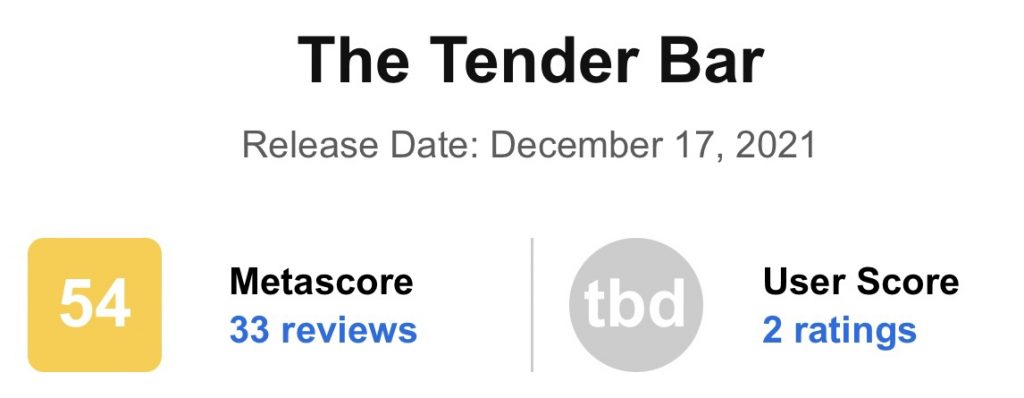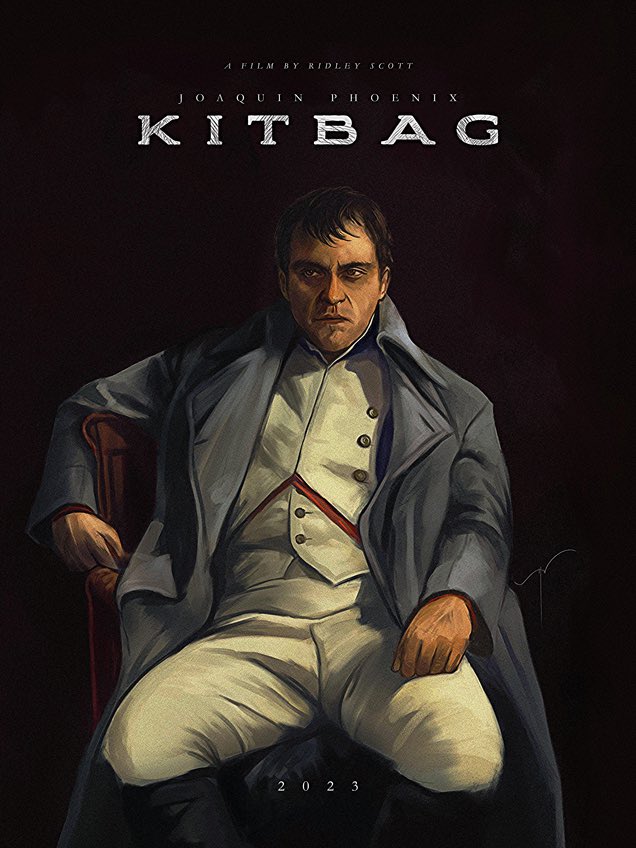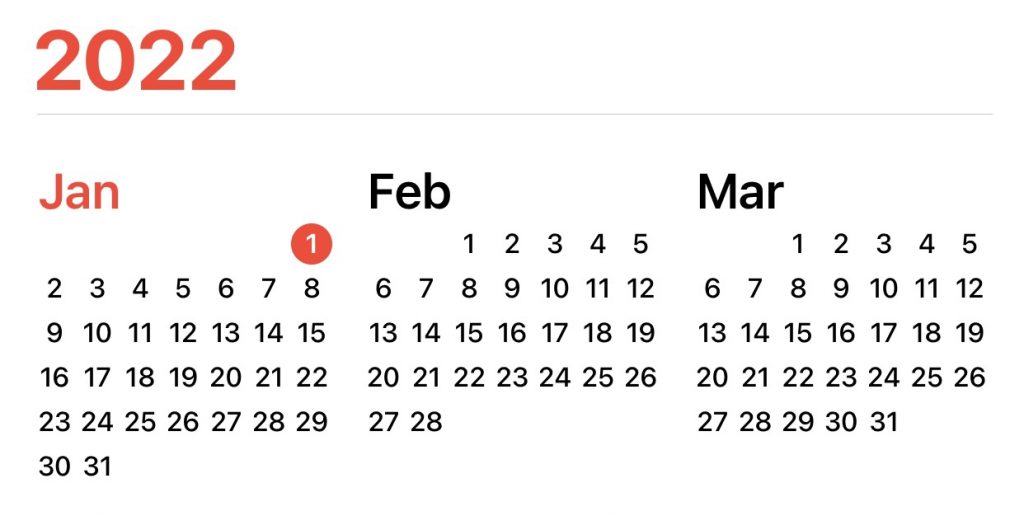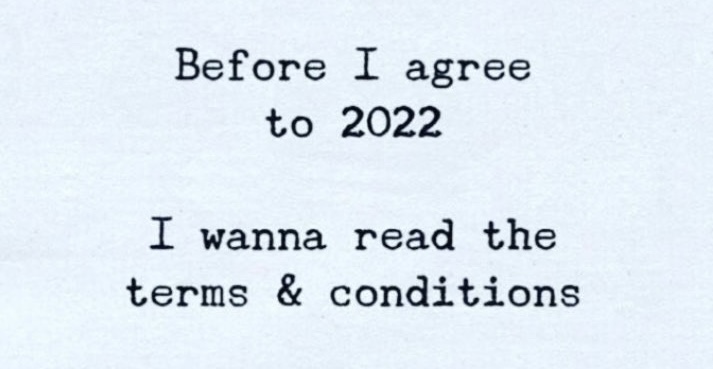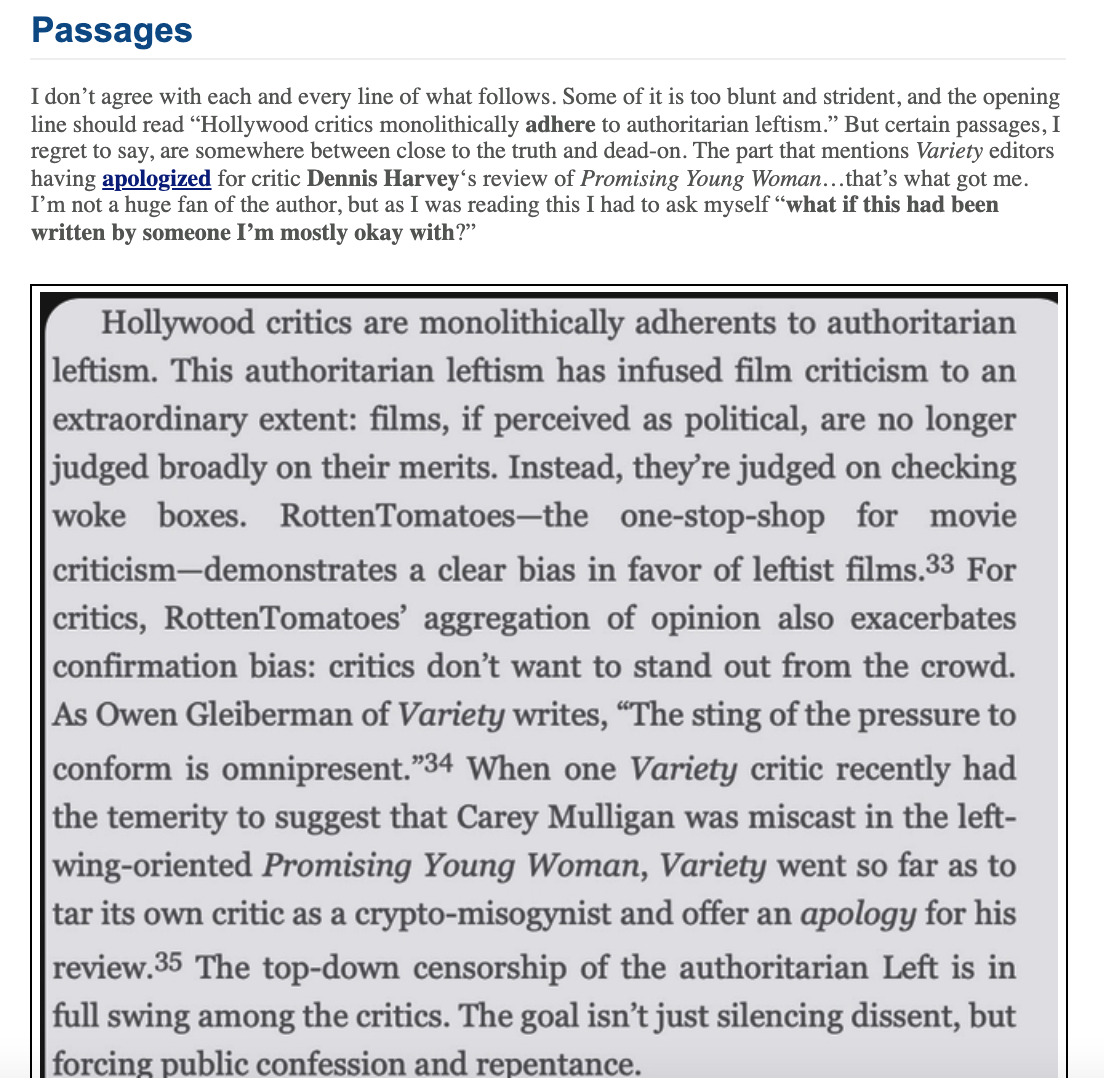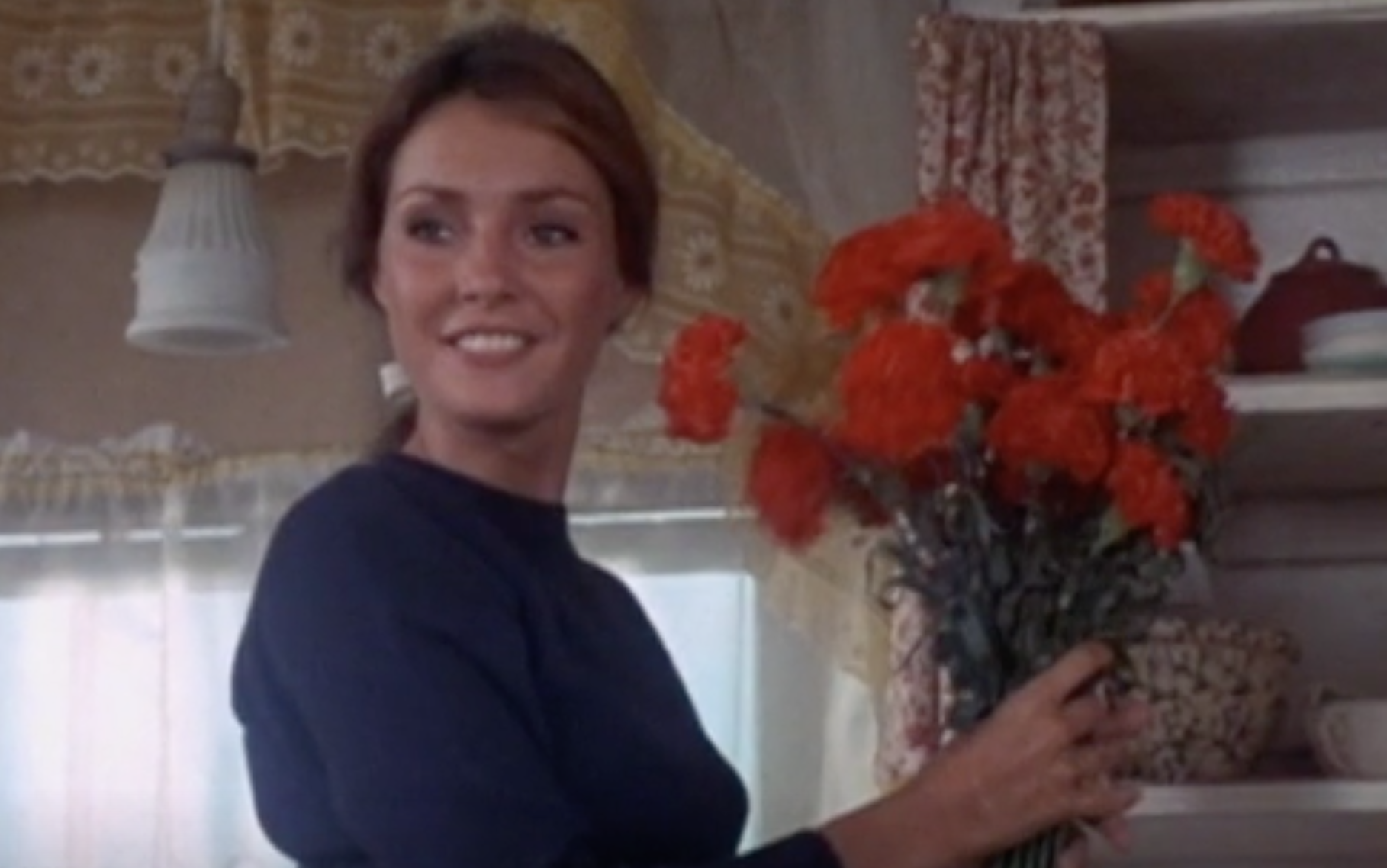The sane world has spoken, and there’s absolutely no ambiguity about the quality of Lana Wachowksi‘s The Matrix: Resurrections — it’s utter howling hell to sit through, and anyone who would recommend it is therefore a kind of clueless (perhaps even demonic?) emissary.
It follows that N.Y. Times opinion writer Kara Swisher cannot and will not get a pass for writing the following: “The reason I liked The Matrix Resurrections [is because it’s a story] about the limits of big tech, big media and big politics and the importance of heartfelt, real family connections.
“These are critically important ideas as we move into the next iteration of tech, which will have a lot more to do with virtualizing everything. How we evolve and connect as humans as the world moves to VR is a critical issue.” Dear God in heaven!!
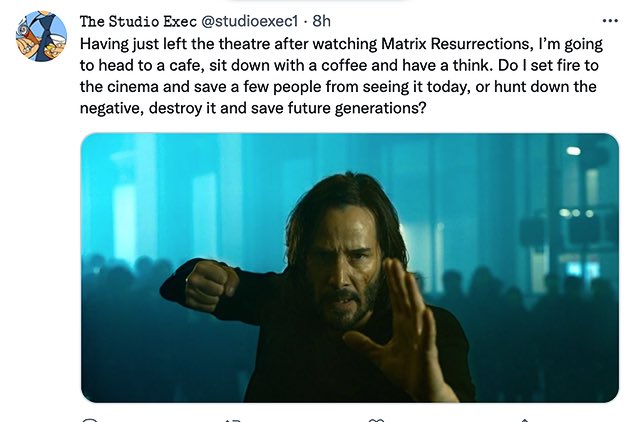
“At this point, this Matrix movie about how they probably shouldn’t have made another Matrix movie becomes just another Matrix movie, albeit one that wears its self-awareness like an ‘ask me about my self-awareness’ T-shirt.
“For what it is, it’s still pretty engaging, losing steam only when it tries to make topical points about our red-pilled political climate. The new iteration of the Matrix converts ordinary people into swarms of murderous hate-bots to protect its grip on power; its creator gloats about how easy it is to control people with feelings, rather than facts. ‘If we don’t know what’s real,’ a character says to Neo, ‘we can’t resist.’
“None of this is objectionable. But minus a shot of bathroom graffiti guaranteed to turn every dude on Reddit into an expert on the thematic resonances between this film and Don DeLillo’s ‘Americana’ (Don-pilled!), it’s served up without even the modicum of subtlety and egg-hunt mystery that made the original Matrix such a durable chew toy for undergrad post-modernists.
“There’s nothing to unlock in Resurrections — it’s a movie whose password is ‘password.'” — from “The Matrix: Resurrections Is A Crucial Keanu Reeves Movie,” written by The New Yorker‘s Alex Pappademas and posted on 12.30.21.
